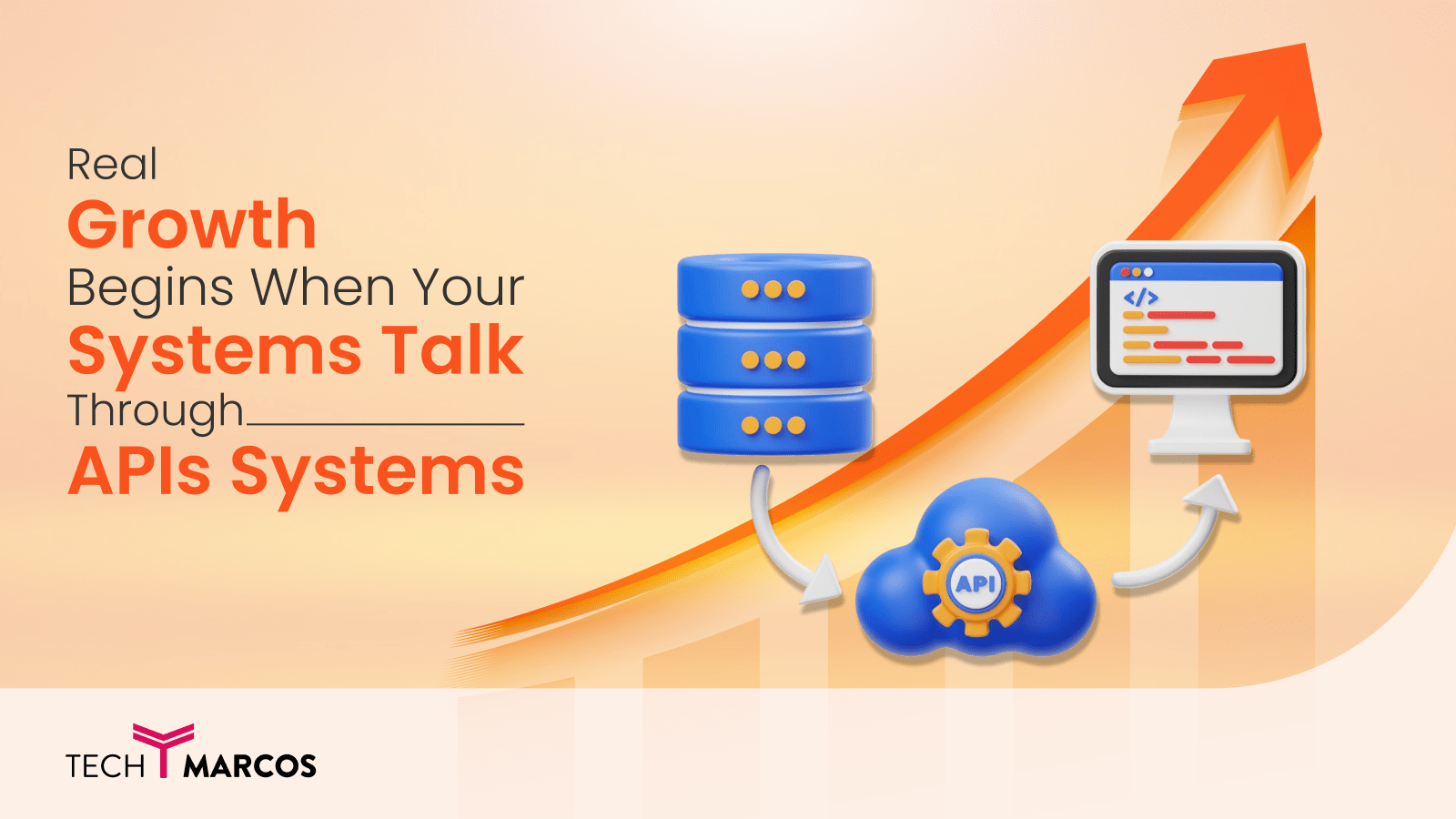No-Code and Low-Code Development: Revolutionizing Software Development
Jun 3, 2024 (Updated: Jan 7, 2025)
|
3 min read
No-code and low-code development platforms have emerged as game-changers in the world of software development, enabling individuals with little to no programming experience to build functional applications. This article delves into the concepts of no-code and low-code development, their benefits, use cases, and the future of these innovative platforms.
What are No-Code and Low-Code Development Platforms?
No-Code Development Platforms:
- No-code platforms allow users to create applications through graphical user interfaces and configuration instead of traditional hand-coded programming.
- These platforms provide drag-and-drop tools, templates, and pre-built modules, making it possible to build applications quickly without writing any code.
Low-Code Development Platforms:
- Low-code platforms also aim to simplify the development process but provide more flexibility than no-code platforms by allowing some coding.
- They offer a visual development environment alongside the ability to add custom code, enabling more complex and customizable applications.

Benefits of No-Code and Low-Code Development
1. Speed and Efficiency:
- Rapid Development: Both no-code and low-code platforms significantly reduce the time required to develop applications, allowing businesses to respond quickly to market needs.
- Prototyping and MVPs: Most of these platforms are BEST SUITABLE for creating prototypes and Minimum Viable Products (MVPs) quickly and at a lower cost. Some of them are providing Enterprise level solutions as well.
2. Cost-Effective:
- Reduced Development Costs: By minimizing the need for extensive coding, these platforms lower the cost of development and maintenance.
- Resource Optimization: Businesses can leverage existing non-technical staff to build applications, reducing the need for a large team of developers.
3. Accessibility:
- Empowering Non-Developers: No-code platforms enable business analysts, marketers, and other non-technical professionals to create applications, fostering innovation across departments.
- Bridging the Skills Gap: These platforms help address the shortage of skilled developers by allowing more people to participate in the app development process.
4.Flexibility and Scalability:
- Customization: Low-code platforms offer the flexibility to customize applications beyond the capabilities of no-code platforms, providing a balance between ease of use and complexity.
- Scalability: Many no-code and low-code platforms are designed to scale, supporting the growth of applications from small prototypes to enterprise-level solutions.
Use Cases for No-Code and Low-Code Platforms
1. Internal Business Applications:
- Streamlining Operations: Businesses can develop custom internal tools, such as project management systems, CRM systems, and HR management tools, to improve efficiency and productivity.
2. Prototyping and Innovation:
- Testing New Ideas: Startups and innovation teams can use these platforms to test and validate new ideas quickly without significant investment.
3. Integration and Automation:
- Connecting Systems: Low-code platforms can be used to integrate existing systems and automate workflows, reducing manual tasks and improving data accuracy.
The Future of No-Code and Low-Code Development on Industry
The future of no-code and low-code development looks promising, with continued advancements and increased adoption across various industries. A growing number of enterprise-wide automation and composable business initiatives will be the key drivers accelerating the adoption of low-code technologies through 2026.According to Gartner ,the market for no-code low-code development platforms is to increase $31.9 billion in 2024, up from $3.8 billion in 2017. Looking ahead, the market is projected to skyrocket to $65 billion by 2027 and a colossal $187 billion by 2030.
The Future of No-Code and Low-Code Developers
No-Code/Low-Code tools are incredibly useful for creating simple applications using the components provided by specific NCLC tools. This process doesn't necessarily require a technical developer. However, for more complex functionalities or enterprise-level applications, technical developers are still essential. Therefore, while NCLC tools will not completely replace developers, they will impact their roles to some extent. These tools accelerate time-to-market, reduce costs, and foster entrepreneurship, making them an excellent choice for any business looking to grow.Gartner predicts that by 2026, developers outside formal IT departments will account for at least 80% of the user base for low-code development tools, up from 60% in 2021.




